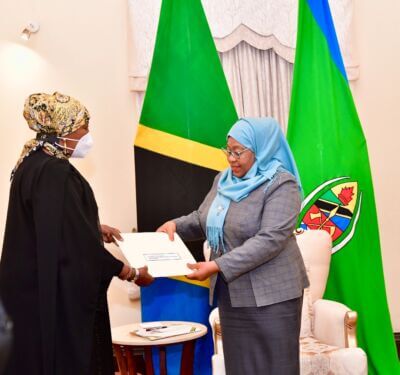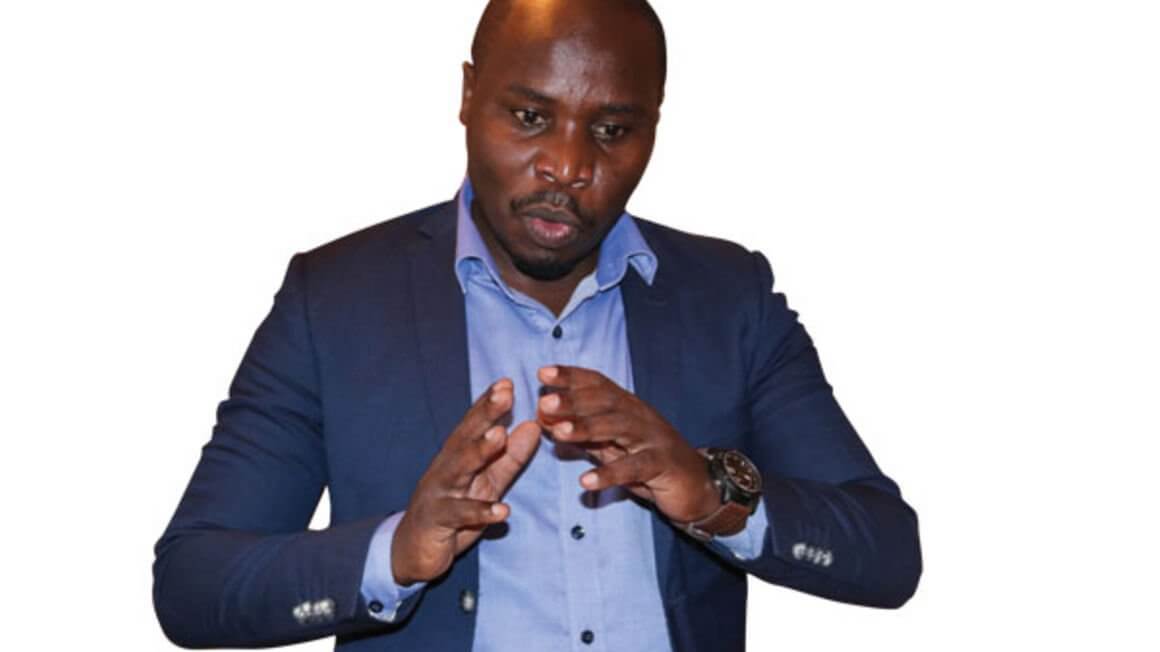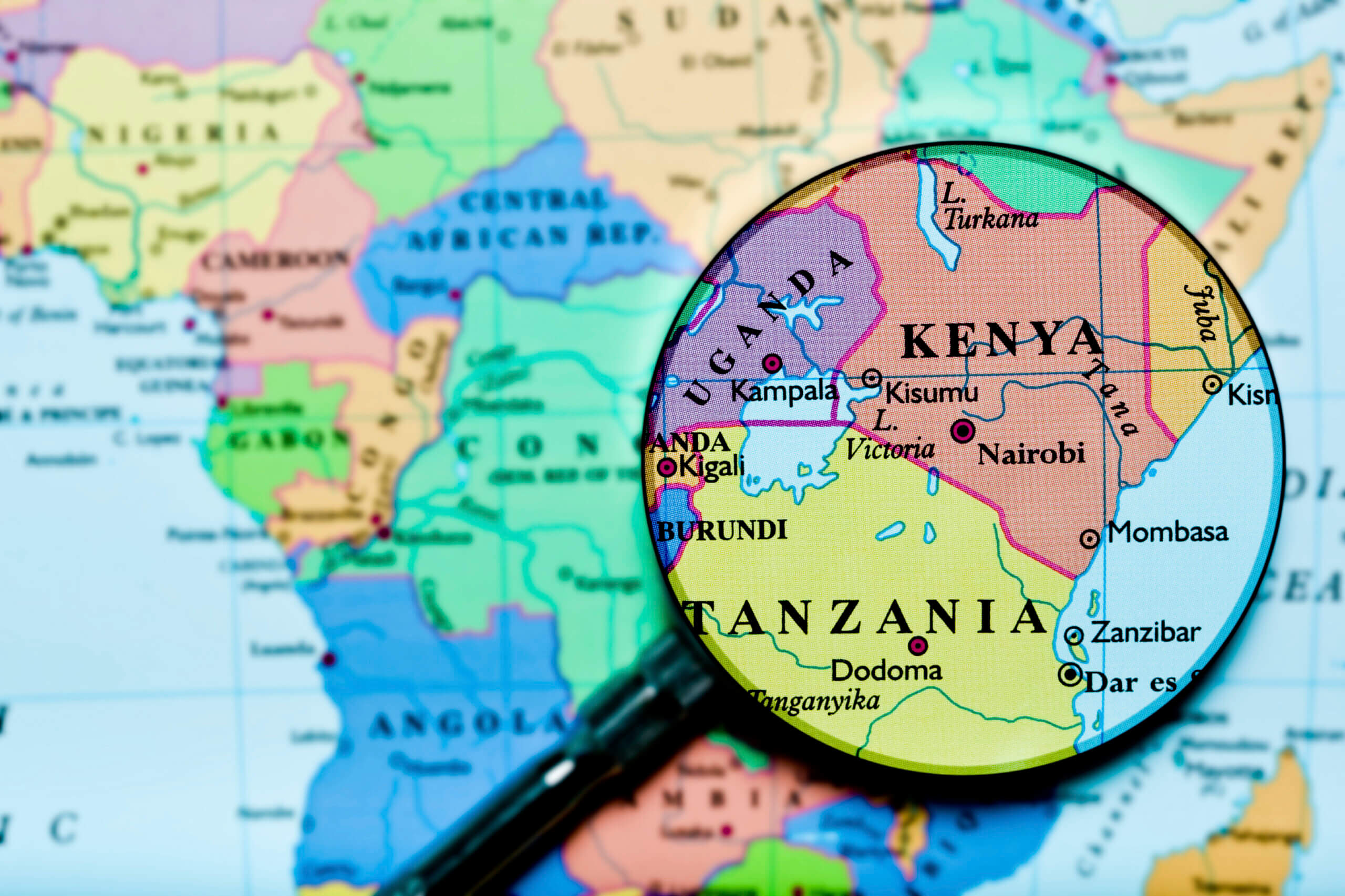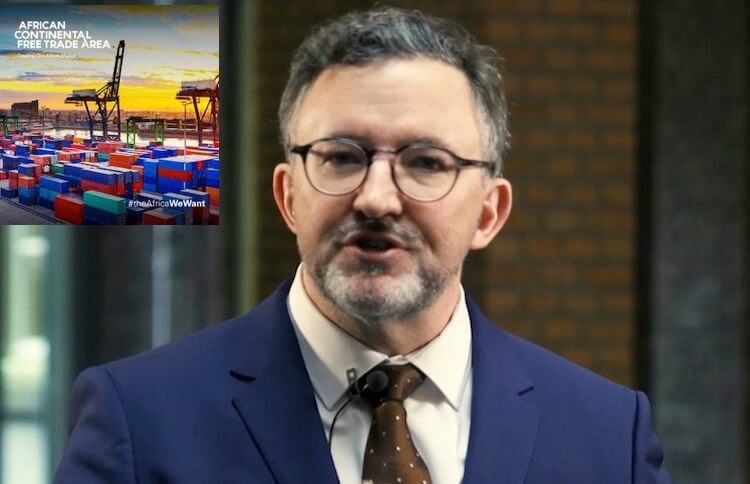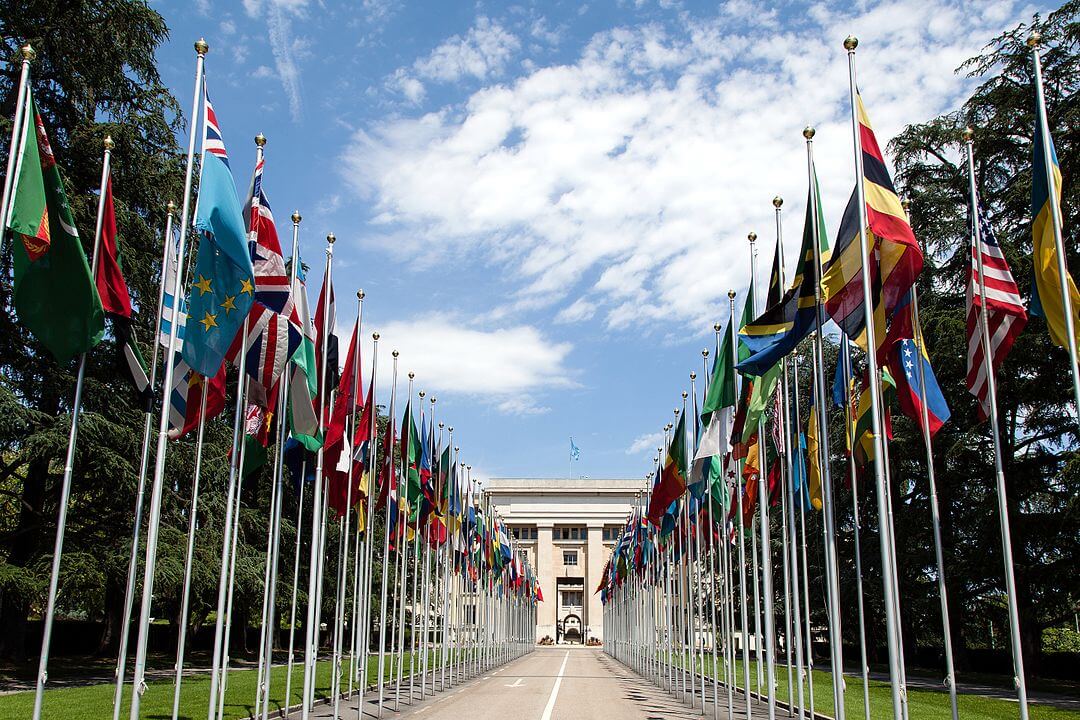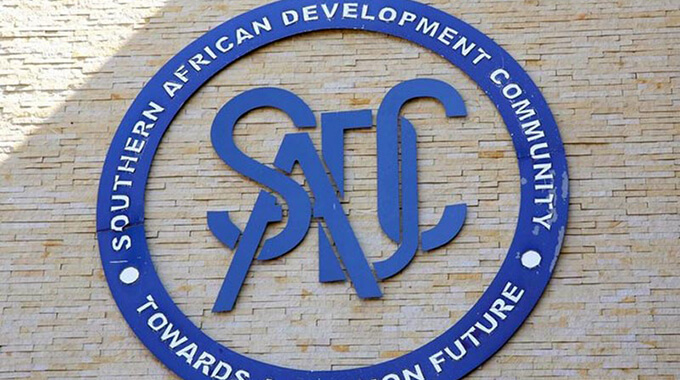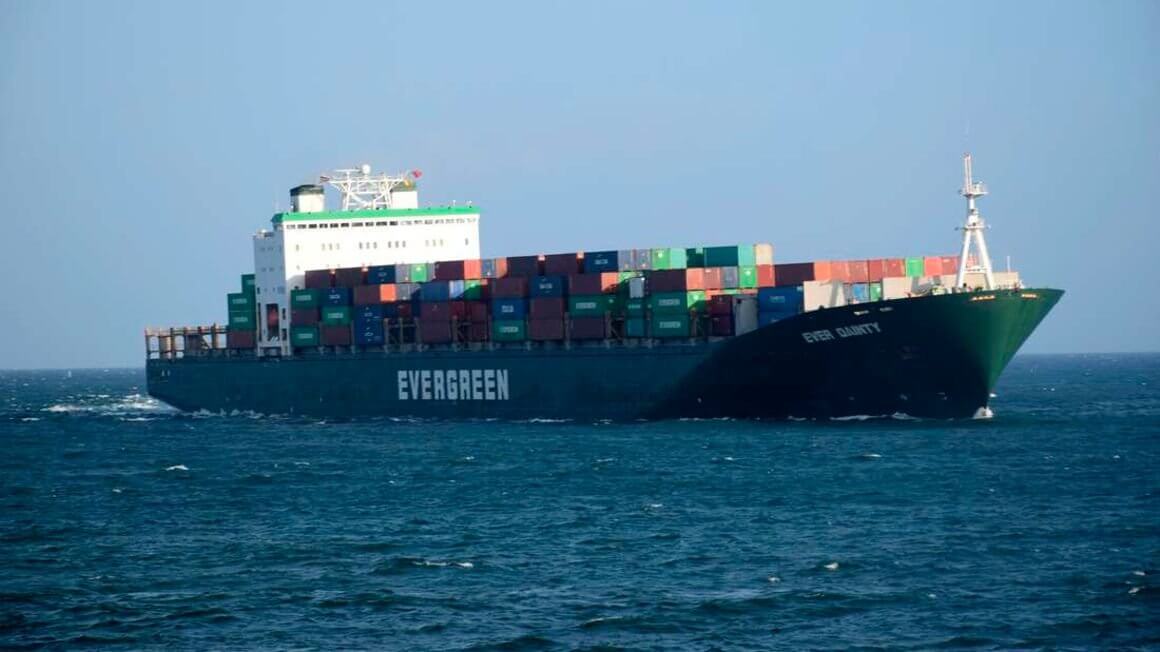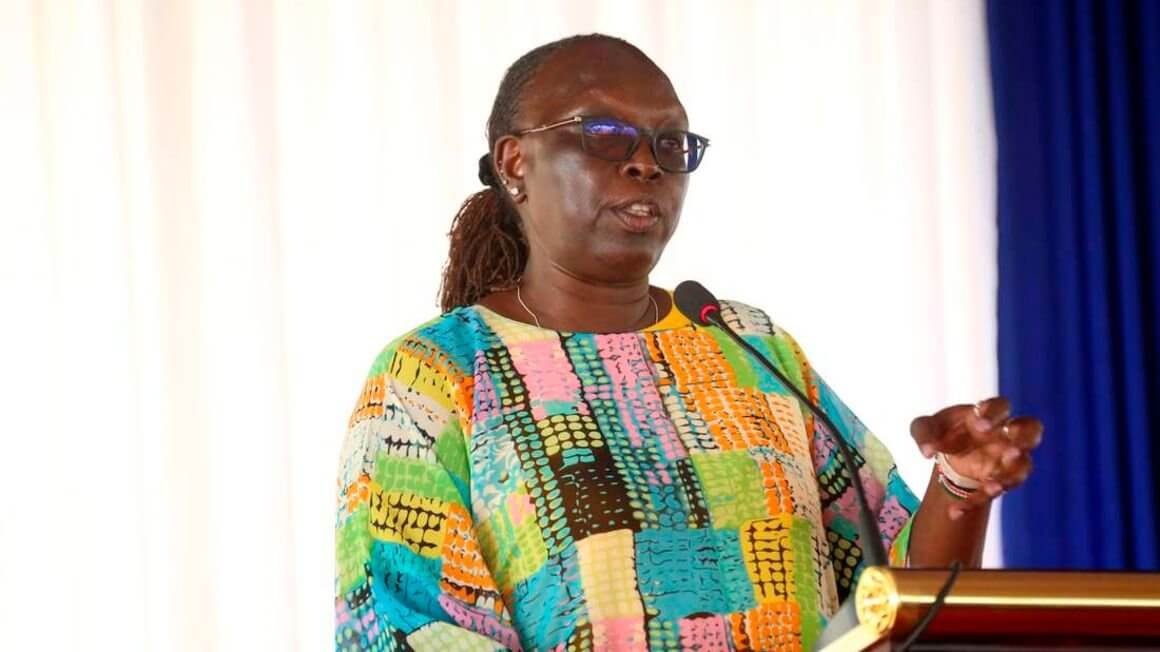Tanzanian President Samia Suluhu Hassan is set to redefine the Tanzania-Kenya relations. Bilateral ties between Kenya and Tanzania have been blowing hot and cold for decades now, with the row playing out publicly during the era of the late President John Pombe Magufuli. Disputes seem to be always never far from the surface and only a slight spark is enough to ignite a diplomatic tiff such as the one that was playing out during Magufuli’s era. However, President Samia is seeking to bring a solution, and maintain a good relationship between the two neighbouring countries. President Samia on Saturday, April 10, 2021, said that her administration is determined to solve some of the issues existing between Tanzania and Kenya. The Tanzanian head of state said this in a statement to the media after meeting a special envoy from President Uhuru Kenyatta of Kenya. She said that she will pick from where her predecessor the late Magufuli left. At the same time, Suluhu directed the Joint Permanent Commission (JPC) between the two countries to meet and come up with plans that can strengthen the Tanzania-Kenya relations. The commission met for the last time in 2016. President Kenyatta’s message Uhuru’s message to his counterpart was delivered by the Sports CS Amb. Amina Muhamed. In his message, Uhuru assured Suluhu that Kenya is ready for a bilateral talk that will strengthen the bond between them. Uhuru has also invited Suluhu to make her first visit to Kenya as the president. Also Read: How...
Tanzania-Kenya redefining relations as President Samia seeks a new era for East Africa
Posted on: April 12, 2021
Posted on: April 12, 2021

